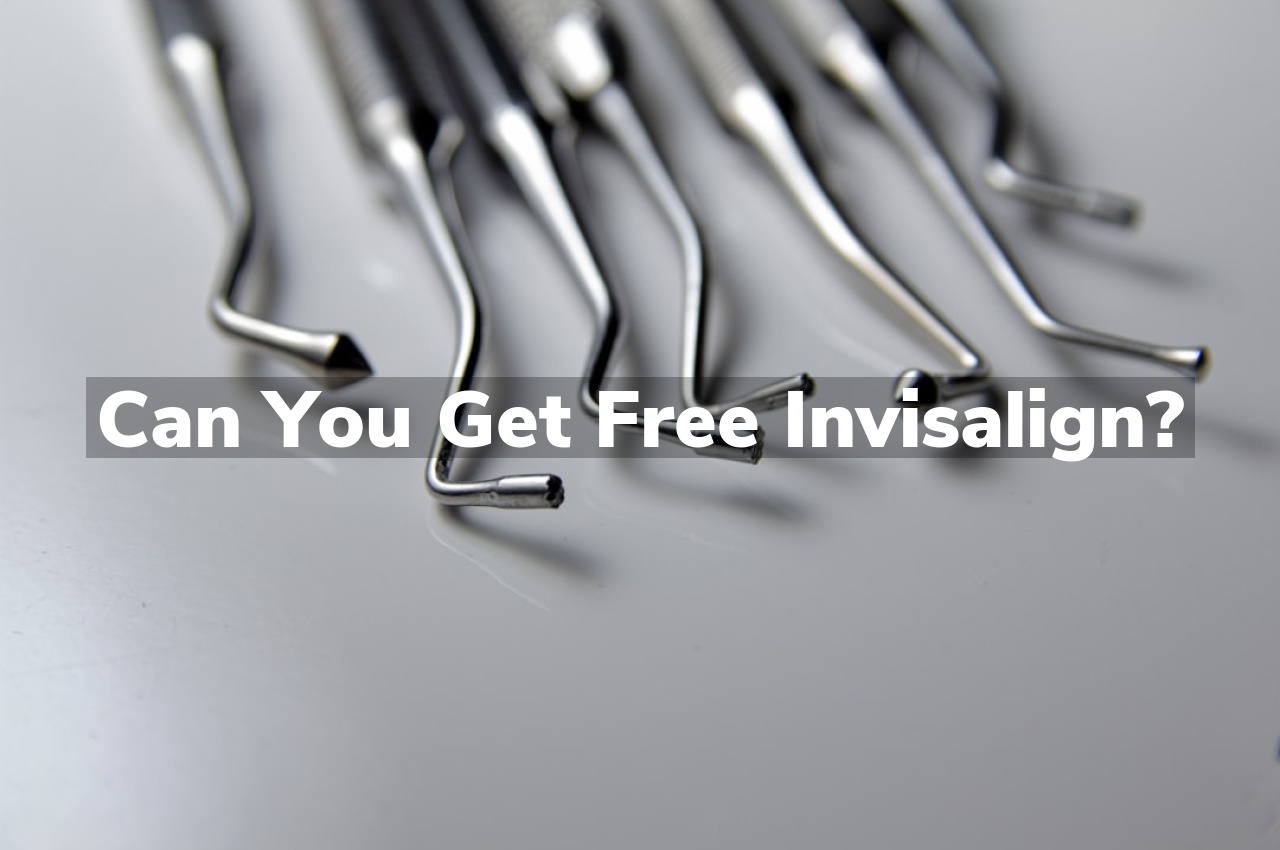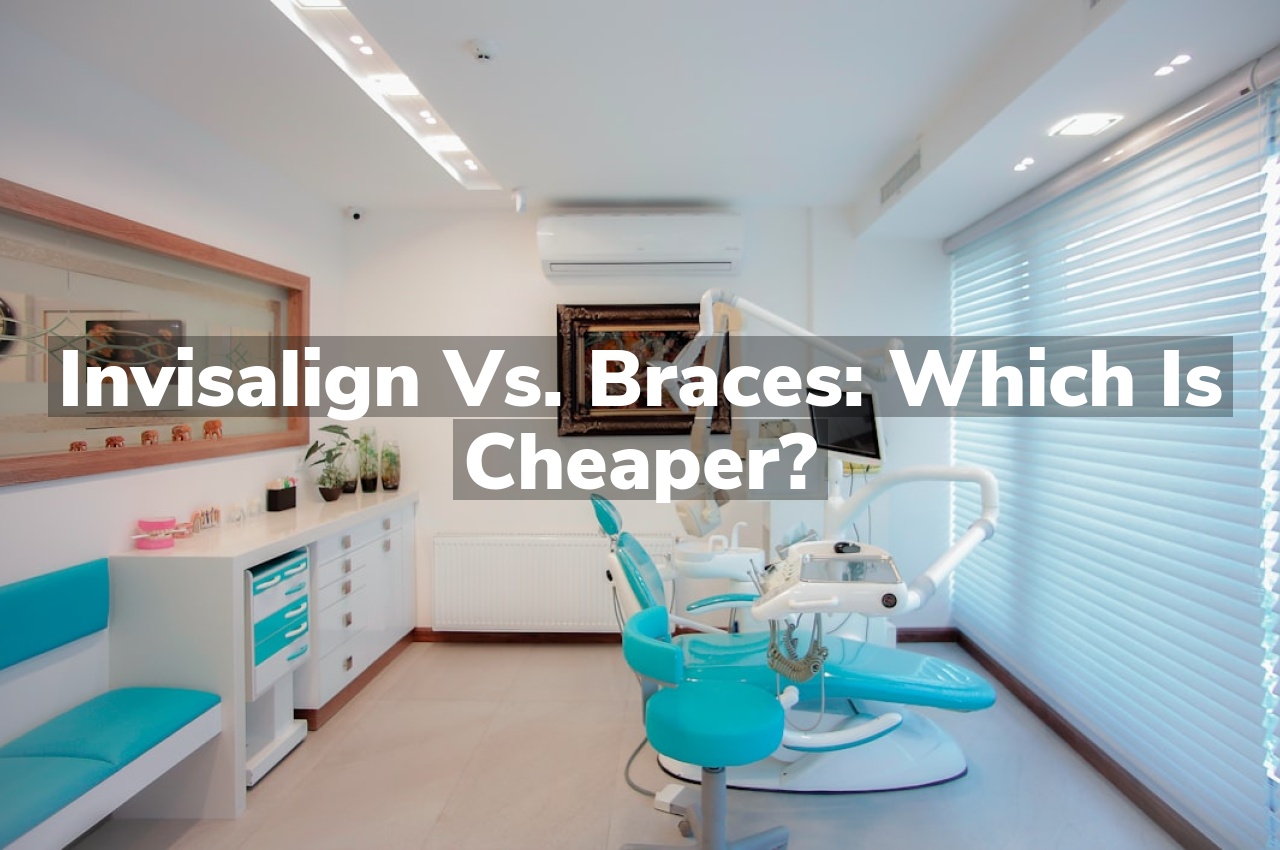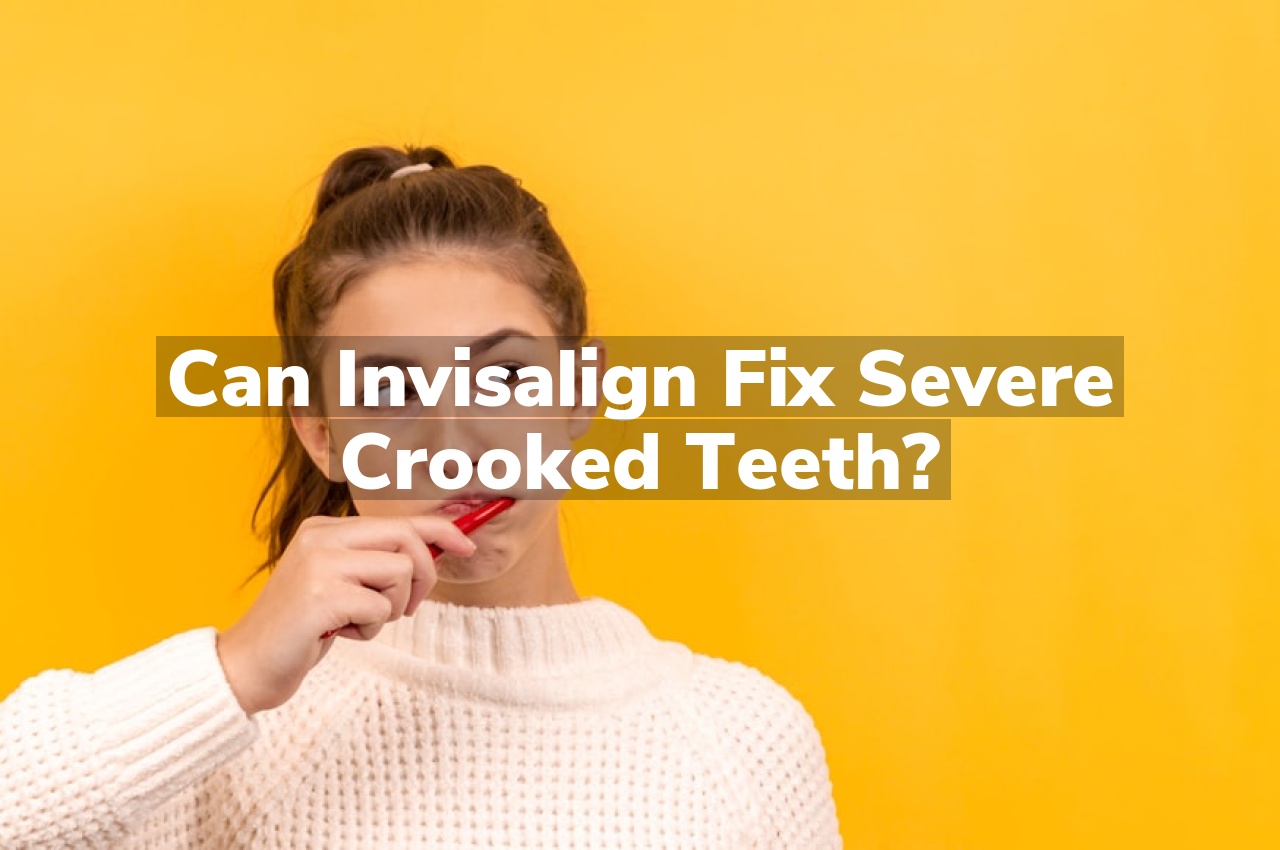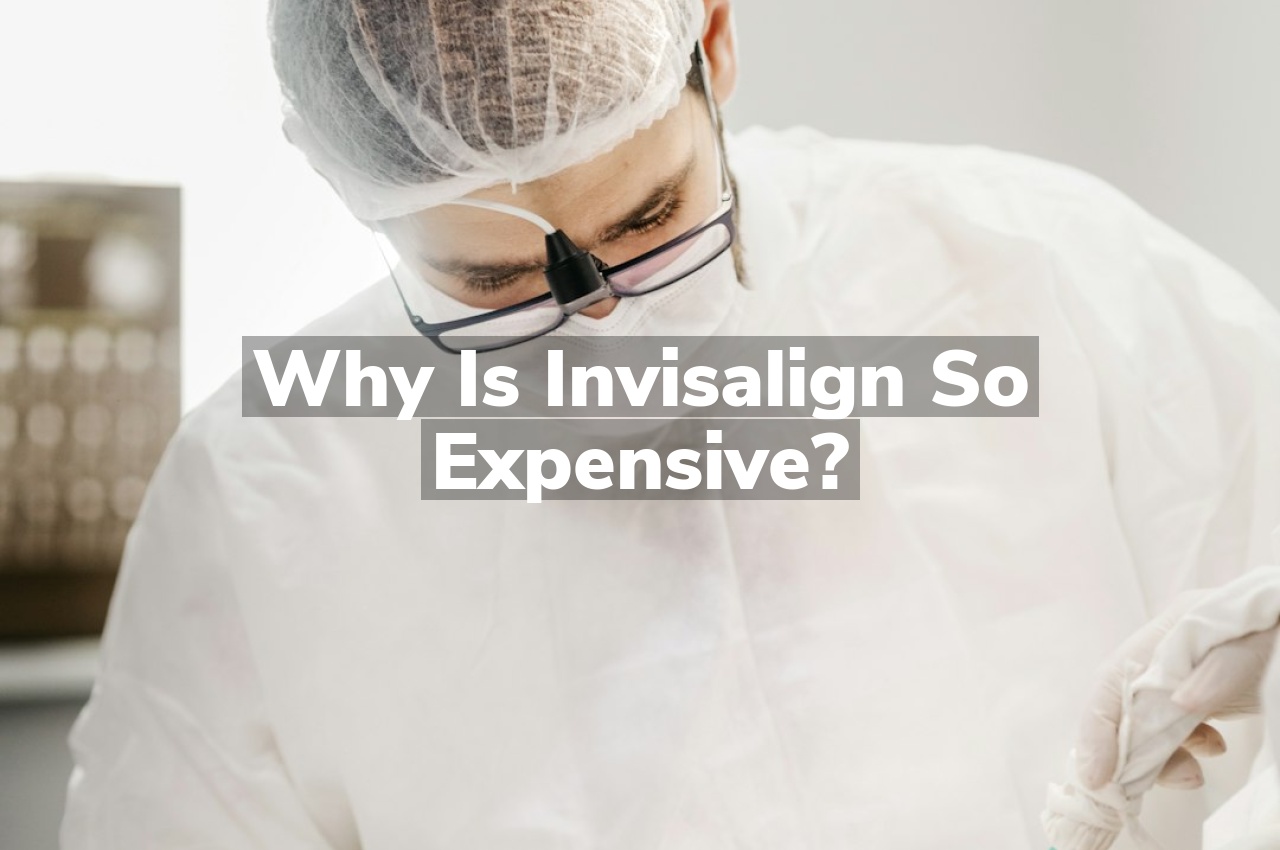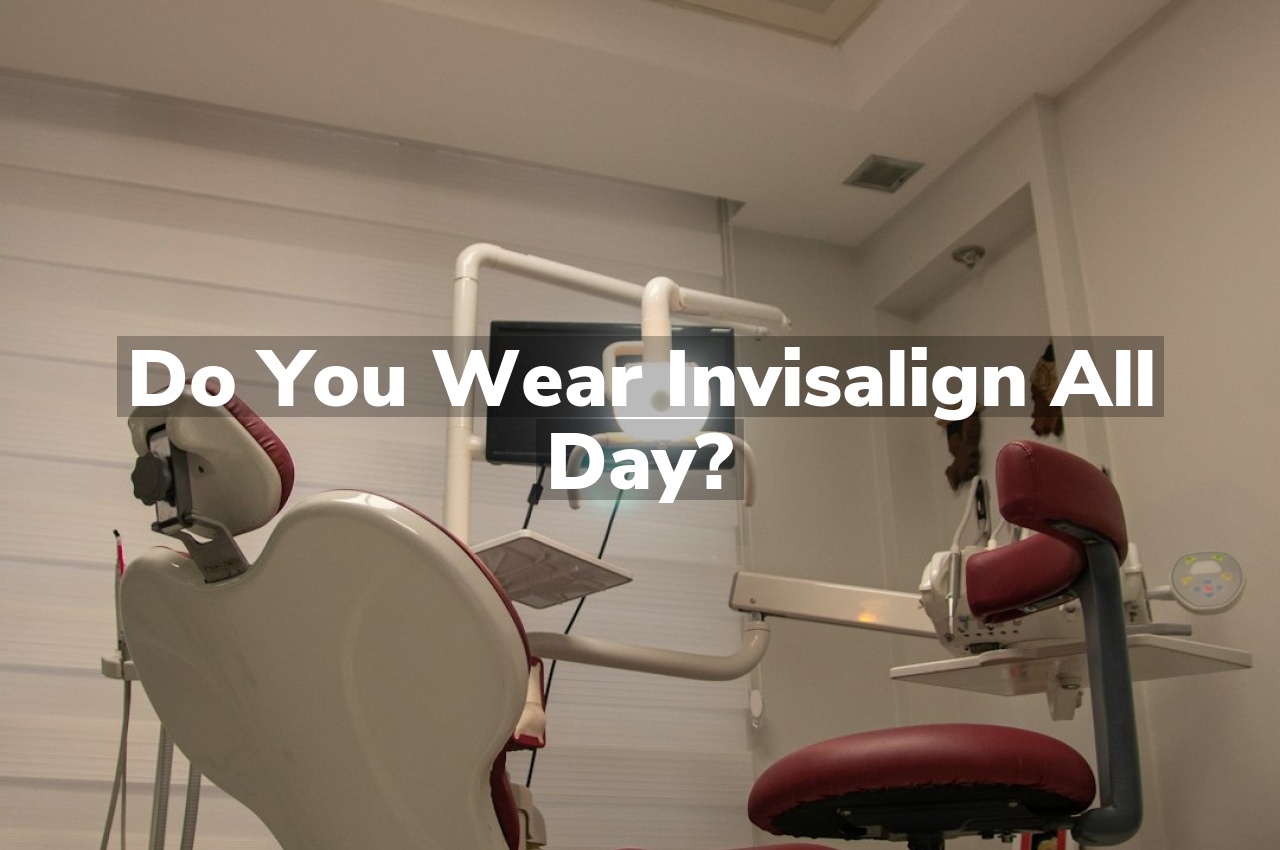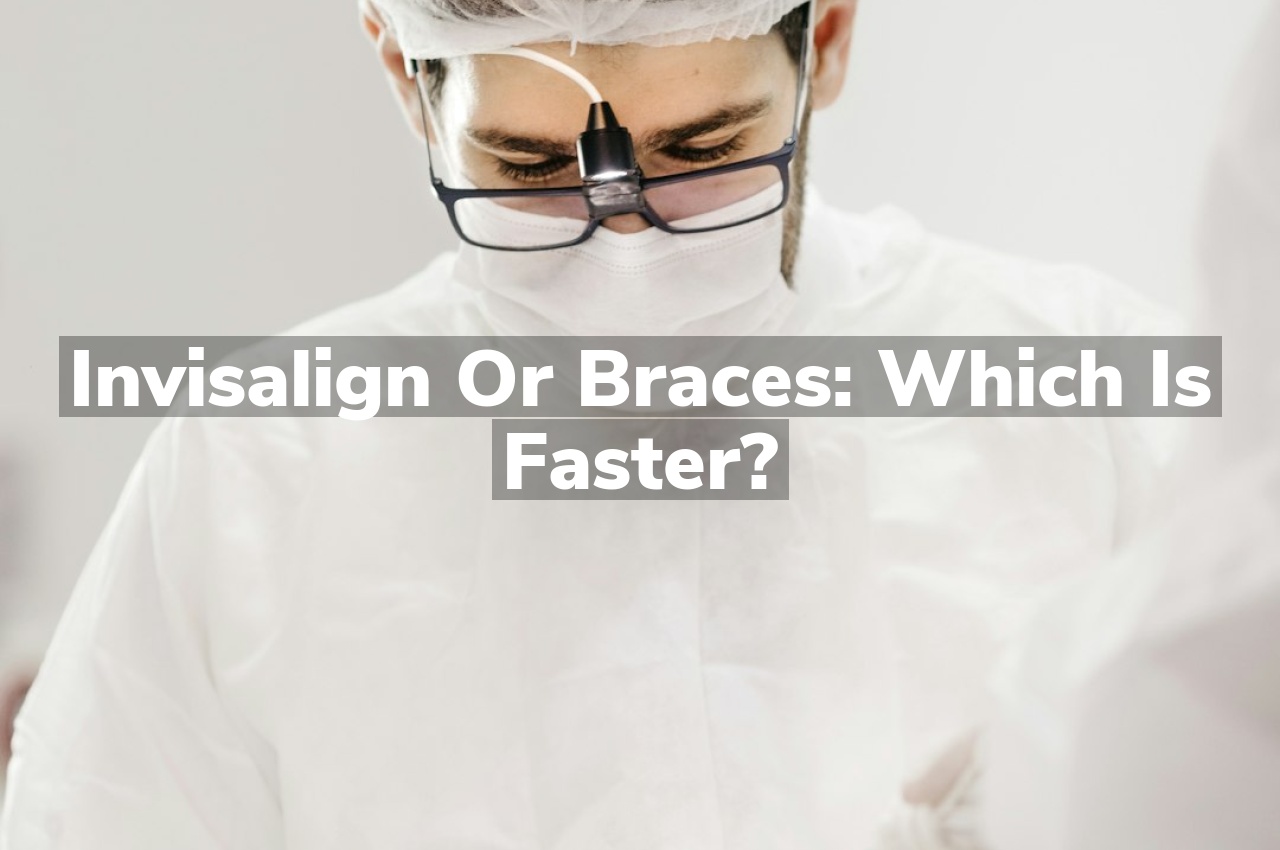Can you get free Invisalign? While obtaining free Invisalign is highly unlikely due to the costs associated with manufacturing and treatment planning, some dental insurance plans may cover a portion of the expenses, reducing the overall financial burden. Additionally, certain dental clinics might offer special financing options or sliding scale fees based on income, which can make the treatment more accessible.
Exploring Invisalign Sponsorship Opportunities
For individuals curious about obtaining free Invisalign, exploring sponsorship opportunities might be a viable path. Various organizations and programs occasionally offer sponsorships or partnerships that cover the costs associated with dental alignment treatments like Invisalign. These opportunities are typically aimed at helping those who may not otherwise afford the treatment, focusing on promoting dental health and wellness within the community.
While the availability of such sponsorships can vary widely, they are generally competitive and require applicants to meet specific criteria set by the sponsoring entities. For more detailed comparisons on the financial aspects of different dental treatments, you might find the article Invisalign vs. Braces: Which is Cheaper? insightful.
Free Invisalign
Dental insurance coverage variations can significantly impact the affordability of orthodontic treatments, including what many refer to as “free Invisalign.” While the concept of receiving Invisalign without any cost might seem appealing, it’s essential to understand that the specifics of dental insurance policies can vary widely. Some insurance plans may cover a portion of the cost of what is generally considered a cosmetic procedure, whereas others might not offer any coverage at all.
The extent to which Invisalign is covered under dental insurance depends largely on the individual’s insurance plan and the criteria set by the insurance provider. It’s important for individuals to review their dental insurance policies or speak with their insurance representatives to understand what orthodontic treatments are included and to what extent. For more detailed information, consider exploring Invisalign Treatments in Warrington to understand how variations in coverage might affect the possibility of receiving free Invisalign.
Local Health Program Availability
In various regions, local health programs may exist that provide support for various health services. The availability and scope of these programs can vary widely depending on the location and the specific guidelines set by local health authorities. Individuals interested in understanding what services are covered in their area might consider reviewing resources provided by local health departments or community health organizations.
Community-Funded Orthodontic Support
In the quest for free Invisalign, one avenue that might be less known is community-funded orthodontic support. Various communities and non-profit organizations sometimes allocate funds to assist individuals who cannot afford orthodontic treatments. These programs often focus on providing aid to those in need, helping to improve dental health and self-esteem within the community. While availability and criteria can vary widely, exploring local community health resources could provide valuable information. For those in the Warrington area seeking more details, consider reaching out to Warrington Dentist, Dr. Caren Franz DMD PC, who is well-acquainted with local dental health resources.
Seasonal Promotions and Offers
During certain times of the year, dental clinics and orthodontists might offer seasonal promotions and special offers that could include the chance to win or receive free Invisalign treatments. These promotions are often timed around major holidays or the back-to-school season, providing an excellent opportunity for patients to save on costs. Keep an eye on local dental offices’ websites and social media channels, as they frequently announce such deals that might include significant discounts or even sweepstakes for free Invisalign. Staying informed about these offers can be a great way to achieve a perfect smile without breaking the bank.
Orthodontic Scholarships for Patients
While obtaining Free Invisalign might seem challenging, one viable option is exploring orthodontic scholarships. Many dental organizations and educational institutions offer scholarships specifically designed to help patients cover the costs of orthodontic treatments, including Invisalign. These scholarships are often awarded based on need, merit, or a combination of both. Patients interested in such opportunities should consult with their orthodontists, who may have current information on available scholarships or grants that could potentially make Invisalign treatment more accessible and affordable.
Research Studies Needing Participants
If you’re on the hunt for free Invisalign, participating in research studies can be a golden opportunity. Many dental research institutions and universities frequently conduct studies to explore new techniques or the effectiveness of orthodontic treatments, including Invisalign. These studies often seek participants who are willing to undergo treatment as part of their research and, in return, offer the treatment at no cost. Keep an eye on dental schools and orthodontic research programs in your area, and sign up for newsletters or alerts to stay informed about upcoming studies that might offer free Invisalign as part of their participant benefits.
Charity Initiatives for Orthodontic Care
Many individuals wonder if it’s possible to receive free Invisalign treatment, and the answer lies in various charity initiatives for orthodontic care. Organizations like Smiles Change Lives and the Smile for a Lifetime Foundation offer opportunities for qualifying individuals, particularly children and teenagers who cannot afford the costs of orthodontics. These charities work by partnering with orthodontic professionals who donate their services to deserving cases. By applying to these programs, eligible participants have the chance to receive free Invisalign treatments, making orthodontic care more accessible to those in need.
Financial Aid Options for Orthodontics
Exploring financial aid options for orthodontics can be a crucial step for those wondering if they can get free Invisalign. While Invisalign typically isn’t free, various financial aid programs and dental insurance plans may cover a portion of the costs. Additionally, some orthodontists offer payment plans or sliding scale fees based on income, which can significantly reduce the financial burden. It’s advisable to consult with your dental care provider about available financial aid options or contact local dental schools, which might offer discounted services. Remember, investing time in research could potentially lead you to affordable or more manageable solutions for receiving Invisalign treatment.
Conclusion
For inquiries about Invisalign, please call us at 215-918-5630 or read our reviews on Google Maps.

